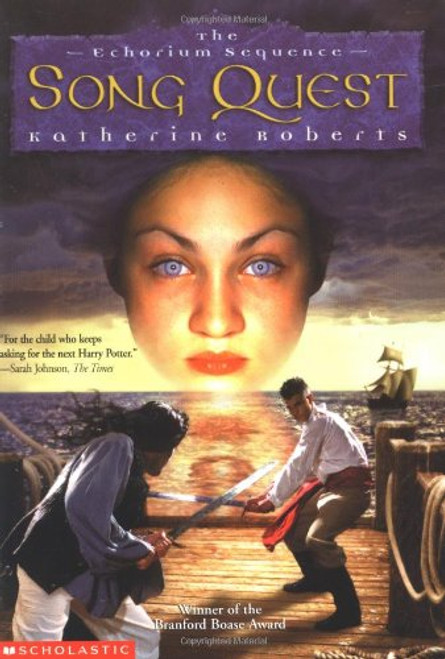Product Overview
Margot E. Fassler's richly documented history--winner of the Otto Kinkeldey Award from the American Musicological Society and the John Nicholas Brown Prize from the Medieval Academy of America--demonstrates how the Augustinians of St. Victor, Paris, used an art of memory to build sonic models of the church. This musical art developed over time, inspired by the religious ideals of Hugh and Richard of St. Victor and their understandings of image and the spiritual journey. Gothic Song: Victorine Sequences and Augustinian Reform in Twelfth-Century Paris demonstrates the centrality of sequences to western medieval Christian liturgical and artistic experience, and to our understanding of change and continuity in medieval culture. Fassler examines the figure of Adam of St. Victor and the possible layers within the repertories created at various churches in Paris, probes the ways the Victorine sequences worked musically and exegetically, and situates this repertory within the intellectual and spiritual ideals of the Augustinian canons regular, especially those of the Abbey of St. Victor.
Originally published in hardcover in 1993, this paperback edition includes a new introduction by Fassler, in which she reviews the state of scholarship on late sequences since the original publication of Gothic Song. Her notes to the introduction provide the bibliography necessary for situating the Victorine sequences, and the late sequences in general, in contemporary thought.
Reviewsfor the first edition:
In relation to this apotheosis of the Word, the sequences of the Middle Ages present an intriguing paradox. On one hand, the melodies of sequences in many sources carry a Latin text, intensely coloured by the Vulgate Bible and by the rich tradition of Christian Latinity. On the other hand, as Margot Fassler points out in this fine book, the sequence was often conceived in the Middle Ages as an anticipation of angelic praise and therefore of a heavenly song where human language has no meaning. Margot Fassler explores this contrast in a richly documented survey of the sequence tradition, concentrating upon the late sequence, which, as she convincingly shows, was championed at the Abbey of St Victor in Paris. --Early Music, November 1994
. . . This represents a considerable revision and expansionof our previous knowledge of musical life in 12th-century Paris and of the background to the late medieval sequence. . . . It is through commendable, detailed studies such as [this] that our views of the early epochs of music will gradually crystallise into clearer shapes. --The Musical Times, January 1994
What meanings did liturgical chant convey to its elite medieval audience,the educated clergy? How did this audience understand the connection between text and music, and how did this conception change over time? These timely questions form the backdrop forGothic Song, Margot Fassler's engaging study of the twelfth-century sequence. Focusing primarily on the Augustinian abbeyof Saint-Victor de Paris,Fassler argues that it was there and at the nearby cathedral that Adam Precentor (Adam of Saint-Victor)and his circle developeda new approach tosequence composition. --The Journal of the American Musicological Society,Summer 1996








